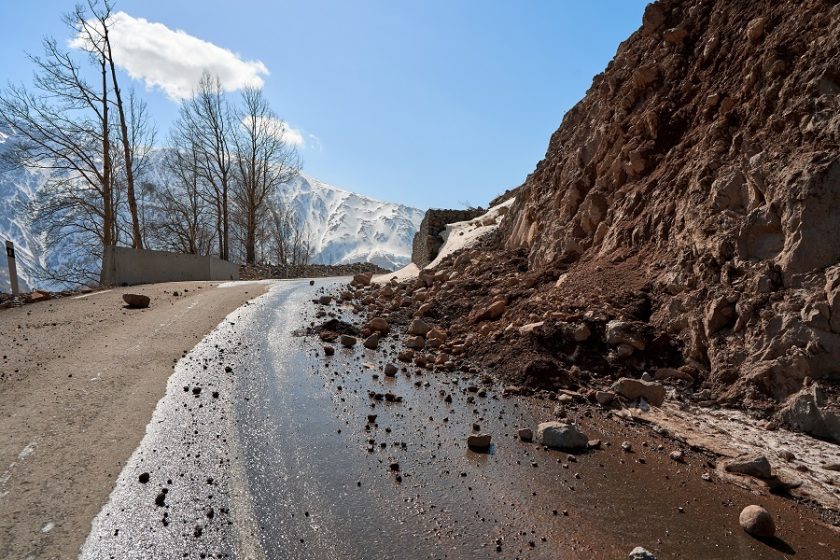Landslide

Landslides are different forms of larger or smaller masses of clay, snow and loose masses (rock, gravel, sand, soil) such as:
- rockslide
- rockfall
- landslide
- mudflow
- avalanche/snowslide
Landslides mean that the masses are set in motion. Landslides as a natural disaster presuppose that there are masses formed by nature itself that erupts.
There is no defined minimum limit, so rockfalls and blockfalls are considered, but it assumes that the incident is triggered suddenly.
Larger or smaller masses of rocks, soil, clay or snow sliding out, are named landslides/avalanches, or in dialects: “fall”, “fonn”, “rap”, “svor”.
Landslides/avalanches, as a natural disaster, is supposed to be masses stored by the nature itself which slide out. There are many types of “slides”. We have got avalanches, mudslides, rockslides, slides of gobbing etc. There is no defined minimum, so falling rocks and boulders are included on the assumption that the event occurs suddenly.
Many of those incidents happening every year are manmade. As an average, between 50 and 100 damages caused by slides/avalanches are reported to The Pool every year. Most damages caused by slides/avalanches are both large and dramatic events needing determination and careful handing from the company’s side. Very often, the damages hit individual properties, and from time to time with loss of life and great attention from the media.
Pressure from ground frost, clay or soil on walls etc, sliding of walls in ditches or trenches, sideslip of excavated material etc. will not be defined as slides, neither will flow of snow, drifting snow nor snow falling from roofs.
When masses, stored there by humans, slides out, e.g. a road fill, this is not to be defined at a slide caused by a natural disaster. However, if this starts something larger, where also masses not stored there by humans, slides out, this might be a compensatory damage caused by a natural disaster.